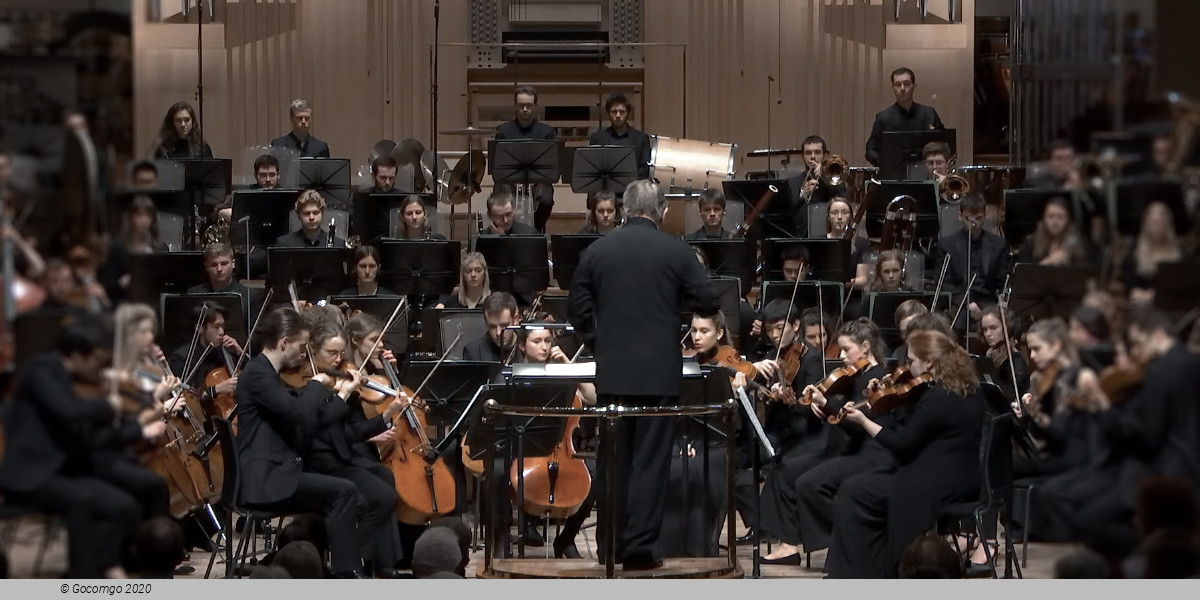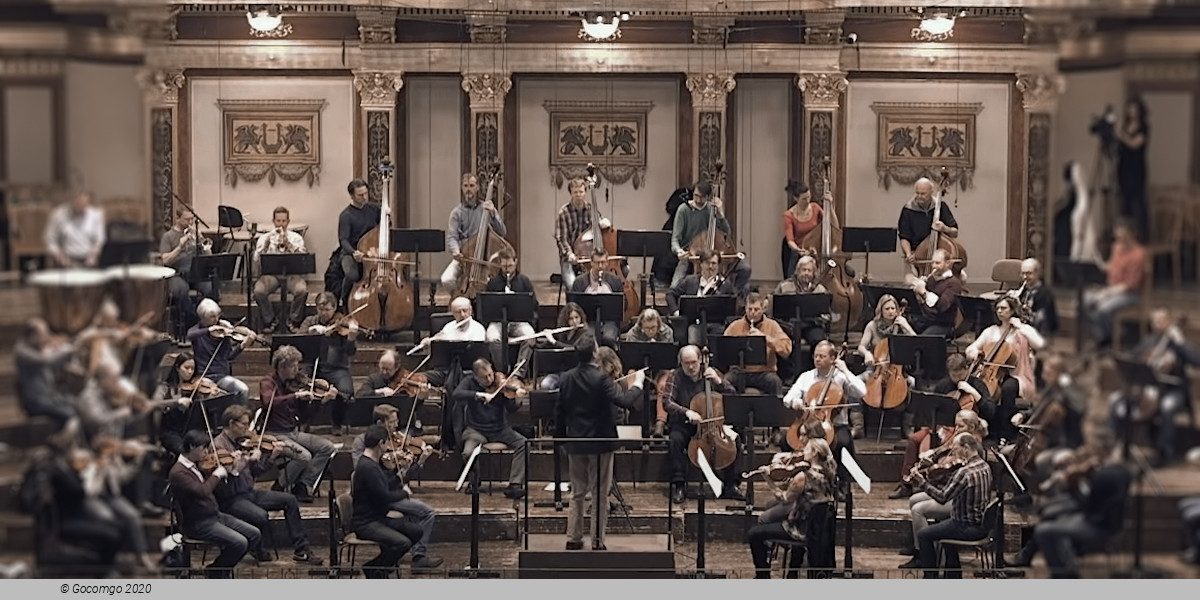Events17 results
About
Originally called the Wiener Concertverein, the Wiener Symphoniker was founded in 1900. The initial objectives were to produce affordable orchestral concerts for general audiences, on the one hand, and to meet the need for premieres and first performances of contemporary works, on the other. After some delays, the new orchestra made its official debut in the Great Hall of Vienna Musikverein on 30 October 1900 under the baton of Ferdinand Löwe.
From the earliest decades of its artistic life, the Wiener Symphoniker premiered a series of works that are now among the undisputed staples of the orchestral repertoire, including Anton Bruckner’s Symphony No. 9, Arnold Schönberg’s Gurrelieder, Maurice Ravel’s Concerto for the Left Hand and Franz Schmidt’s Book With Seven Seals.
In the early 1930s, the orchestra was given the name by which it is still known today, the Wiener Symphoniker. The orchestra first achieved international recognition during major tours of England and Italy under the leadership of Chief Conductor Oswald Kabasta. Frequent name changes are not the only means by which to gauge the eventful history of this ensemble. During the First World War, the orchestra barely managed to avoid disbanding by merging with another orchestra that was founded in 1913, the Wiener Tonkünstlerorchester. The orchestra actually had to shut down in 1944, if only for eight months.
At the close of the Second World War, the orchestra was re-established under extremely difficult conditions. The 16 September 1945 Gala Concert for the Revitalisation of the Orchestra provided the framework for a resounding performance of Mahler’s Third Symphony. Chief Conductors Hans Swarowsky and Josef Krips were largely responsible for the post-1945 restructuring.
The advancement to a top level orchestra
Subsequent Chief Conductors Herbert von Karajan (1950–1960) and Wolfgang Sawallisch (1960–1970) decisively shaped the sound of the orchestra. Following the brief return of Josef Krips, the position of Music Director was held by Carlo Maria Giulini and Gennady Rozhdestvensky. Georges Prêtre was Chief Conductor from 1986 to 1991. Rafael Frühbeck de Burgos and Vladimir Fedoseyev then assumed leadership of the orchestra. Fabio Luisi assumed the position of Chief Conductor and Artistic Director at the start of the 2005-06 season, his successor in 2014-15 was Philippe Jordan.
Leading lights such as Leonard Bernstein, Lorin Maazel, Zubin Mehta, Claudio Abbado, Carlos Kleiber and Sergiu Celibidache have also enjoyed great success as guest conductors on the podium of the Wiener Symphoniker. A large number of high-quality CD recordings document the orchestra’s artistic legacy.
In addition to being featured on major symphonic series at the Musikverein and Konzerthaus, the Wiener Symphoniker has presented its own subscription concerts since the early 1980s. Members of the orchestra perform on both sets of symphonic concerts and also present their own chamber music series.
The Wiener Symphoniker has been the orchestra in residence at the Bregenzer Festspiele since 1946. The orchestra is not only responsible for opera productions by the lakeside and in the Festspielhaus, but is also regularly represented in several orchestral concerts on the festival program. Since 2006, the Wiener Symphoniker has also played for a number of opera productions at the Theater an der Wien, all of which serves to underscore the orchestra’s prominent position in the musical life of Vienna.



